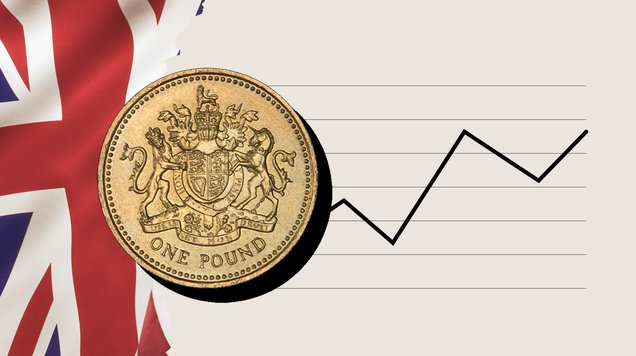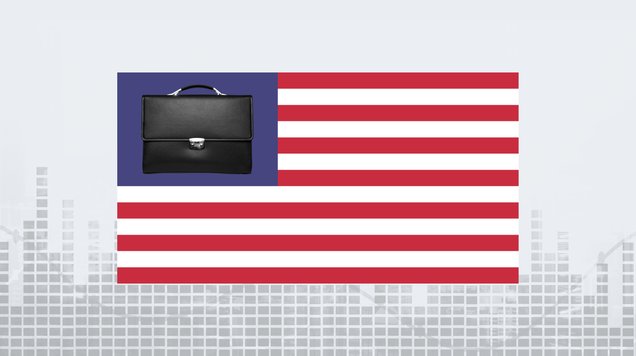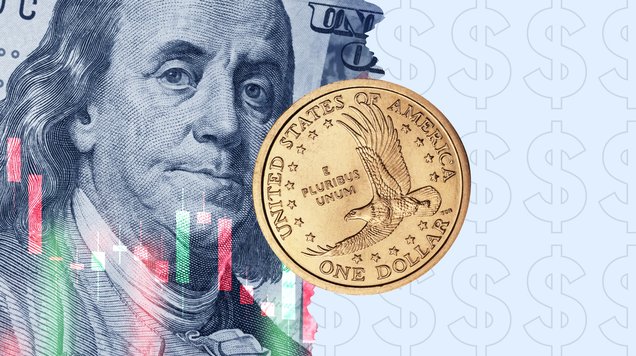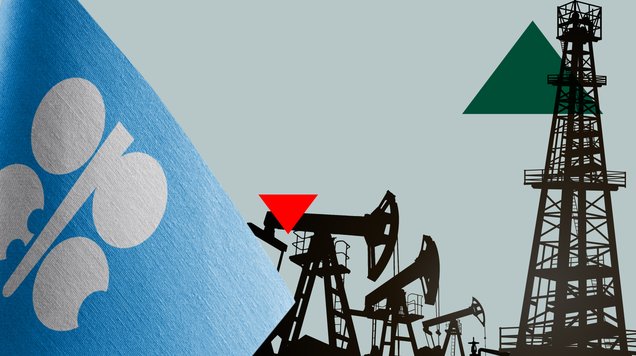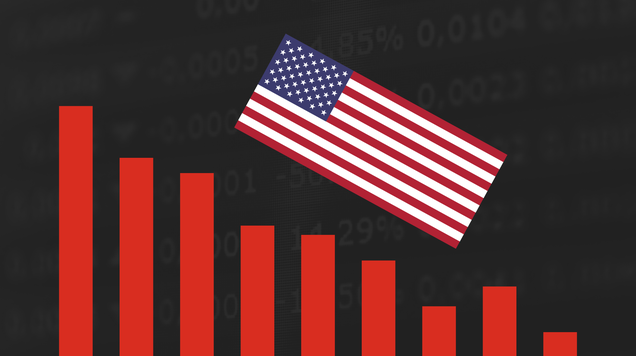Fed in September: What to expect
With hiring stalling and inflation still above target, the Federal Reserve heads into its Sept. 16–17 meeting under extraordinary scrutiny. A first rate cut since last December looks likely—yet political drama, legal uncertainty around a Fed governor, and mixed data could make this one of the most consequential policy calls in years.
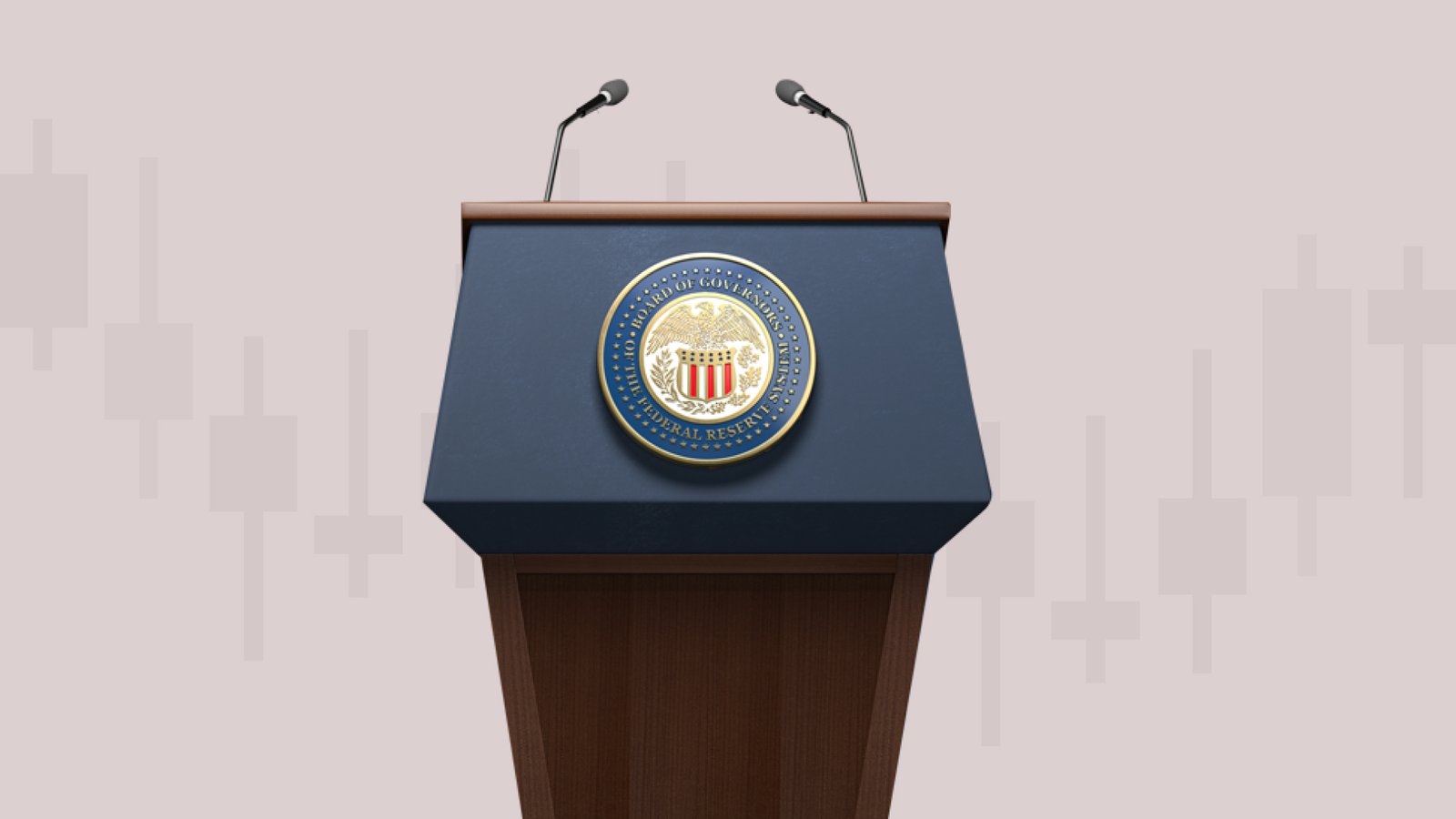
Markets price a quarter-point cut on Sept. 17; a larger move is possible but less likely
Four straight weak jobs prints and big downward revisions sharpen the case to ease.
Inflation (headline ~2.9% y/y; core ~3.1%) is cooling but still above 2%—the key tension
Unusual backdrop: legal fight over Gov. Lisa Cook’s status and a potential new governor joining.
Why the Fed is poised to cut
After nine months on hold, the Fed’s dual mandate is pulling in opposite directions. The labor market has softened materially—four months of sub-par gains, a mere +22,000 payroll increase in August, and revisions showing job losses in June for the first time since 2020. Meanwhile, inflation has eased from its 2022 peak but remains above the 2% target.
Rate cuts lower borrowing costs for households and businesses, supporting hiring and spending when growth cools. That’s the clear motivation now, even as the Fed stays alert to price pressures.
Why now: the jobs data broke the stalemate
Recent BLS releases flipped the narrative. The August report showed only +22k jobs, unemployment at the highest since Oct. 2021, and prior months revised sharply lower. Separately, a benchmark revision indicated nearly one million fewer hires over the year through March than previously estimated. Weekly jobless claims also jumped to 263,000, a near four-year high.
Collectively, these point to a labor market losing momentum faster than expected—strong grounds for the Fed to begin easing.
Is inflation still too high to cut?
Headline CPI accelerated modestly to ~2.9% y/y in August, while core held near 3.1%. That’s uncomfortably above target, but not hot enough to block an initial cut given the deterioration in jobs. The Fed’s recent messaging frames tariffs as a one-time price bump with short-lived effects, while acknowledging upside risk to inflation and downside risk to employment—an explicit call to balance both sides of the mandate.
Why the Fed waited this long
Since late 2024 the Committee chose a wait-and-see stance to assess tariff pass-through and the durability of disinflation. As evidence accumulated that labor risks were rising—and tariff effects looked more transitory—the bar for a first cut lowered. August’s weak employment data likely cleared it.
What size cut to expect on Sept. 17
Futures imply ~90% odds of a 25 bp move and a small chance of 50 bp. A larger cut would signal concern that growth is sliding toward recession; a quarter-point keeps optionality while acknowledging the slowdown. Either way, the policy statement and press conference will matter as much as the size—watch for changes to language describing the labor market and inflation risks.
How many cuts this year?
Markets lean toward two to three cuts in 2025, with some expecting a second move in October or December. Surveys show economists split between two and three total reductions by year-end. The path will be data-dependent: hotter inflation could slow the pace; weaker jobs could accelerate it.
Who will be in the room—and why it matters
Two unusual personnel threads color this meeting:
- Gov. Lisa Cook’s status: A federal judge temporarily blocked her removal amid an ongoing legal dispute, allowing her to continue performing her duties pending appeal. That keeps her voice and vote in the room unless a higher court rules otherwise before the meeting concludes.
- A potential new governor: Stephen Miran is expected to be confirmed before the meeting. If seated in time, he could both vote and submit projections; if not, the SEP (Summary of Economic Projections) may reflect fewer than 19 participants, a nuance for interpreting the dot plot.
Both developments revive questions about central-bank independence and could shape the balance of views—especially if any members push for a larger upfront cut or, conversely, no change.
Five things to watch on “Fed Day”
- The size of the cut: 25 bp is baseline; any hint of 50 bp would be a surprise.
- Statement language on jobs: Does “labor market remains solid” soften or disappear?
- The dot plot: How many cuts are penciled in for 2025–2026 vs. June projections?
- Powell’s tone on tariffs: One-off bump vs. persistent inflation driver.
- Dissent count and direction: A meeting with dissents on both sides would signal a more divided Committee than markets expect.
Market backdrop and risks
Equities hover near highs and yields are contained—investors largely trust the Fed to thread the needle. The risk is mild stagflation: growth cooling while inflation sits near 3%. Cut too slowly and jobs risk worsening; cut too fast and price pressures could re-ignite. The Committee’s sequencing—how quickly it follows a first cut—will be crucial for the dollar, Treasuries, equities, and gold.
All signs point to the Fed starting an easing cycle on Sept. 17 after nine months on hold. The first step is likely 25 bp, paired with guidance that keeps options open. What follows will depend on whether inflation keeps gliding lower and whether the labor market stabilizes. With legal and political cross-currents swirling, the meeting doubles as a stress test of the Fed’s independence—and its resolve to balance jobs and prices in real time.
